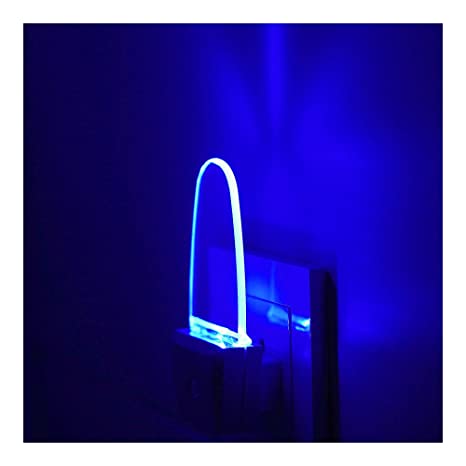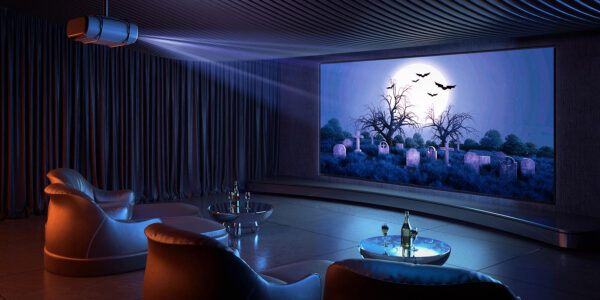The advent of high definition television broadcasts marked a quantum leap in television broadcast technology and quality. Producers of those broadcasts have scrambled to retrofit other parts of their broadcast platforms to match high definition quality. Transitioning to LED lighting has generally given broadcasters a high return with noticeable improvements in broadcast quality and broadcasts benefit from LED Lighting.
Nowhere has this been more evident than in high definition broadcasts of sporting events. The major television networks derive more than one third of their ad revenues from those broadcasts. To maintain this cash stream, broadcasters are always looking for ways to improve the viewing experience. Playing surfaces that are illuminated with LED lights will appear brighter and crisper during a television broadcast. Color contrast will be unparalleled and viewers will have a better opportunity to follow the action of fast-moving baseballs with hockey pucks with fewer areas of a playing surface falling into shadows or other dark spots that might hide any action.
LED lighting improves the broadcast quality of a sports event by providing the playing surface with more uniform illumination, lighting color temperatures that match the capabilities of broadcast cameras, and color rendering indices (CRI) that better replicate natural sunlight.
Non-uniformity of illumination over a playing surface is a problem for both athletes and viewers who are watching a broadcast of the event. The first generations of metal halide and high pressure sodium sports arena lighting inevitably created brighter and darker areas on the playing surface. Those areas required athletes to adjust to lighting irregularities and created shadows that obscured athletic action in parts of a field during a broadcast. Unlike those traditional fixtures, LED sports stadium lighting can be configured to better generate uniform lighting over a large playing surface area, even into corners and edges of a field that were previously hidden by shadows. Networks are better able to attract and keep viewers engaged with a sports contest broadcast if those viewers have a better chance to follow the action on the field.
Broadcast color temperature can be measured objectively, but it is commonly described subjectively as whether the broadcast lighting will be perceived by viewers as being warm or cool. These descriptors do not refer to the physical temperatures of the playing surface. Rather, they convey an idea of how harsh the playing surface lighting will appear to be during a broadcast. LED sports lighting has evolved to create a near-perfect balance between warm and cool color temperatures such that a broadcast of a sporting event that is held under next-generation LED illumination will hit a sweet spot between too hot and too cold. Moreover, different types of sporting events might call for different color temperatures (e.g. basketball benefits from warmer lighting, while hockey looks better under cooler colors). LED systems can be tuned to match the requirements of any event to facilitate the best possible conditions to broadcast that event.
Lastly, the versatility of an LED system’s CRI capabilities gives broadcast viewers the best possible color appearance and contrast to follow even the fastest action on a sports playing field. CRI is often described as an artificial light source’s ability to replicate natural lighting conditions. Modern LED lighting can be tuned to come closest to natural sunlight without adding any glare or distorting ultraviolet or infrared lighting spectra. Viewers who watch sporting events that are illuminated with LED lights will receive almost the same impression as if those events were played during daylight hours and under natural lighting conditions.
LED lighting improves all types of television broadcasts, including sporting contests and other events that are staged over large areas which require broad spectrum lighting.







